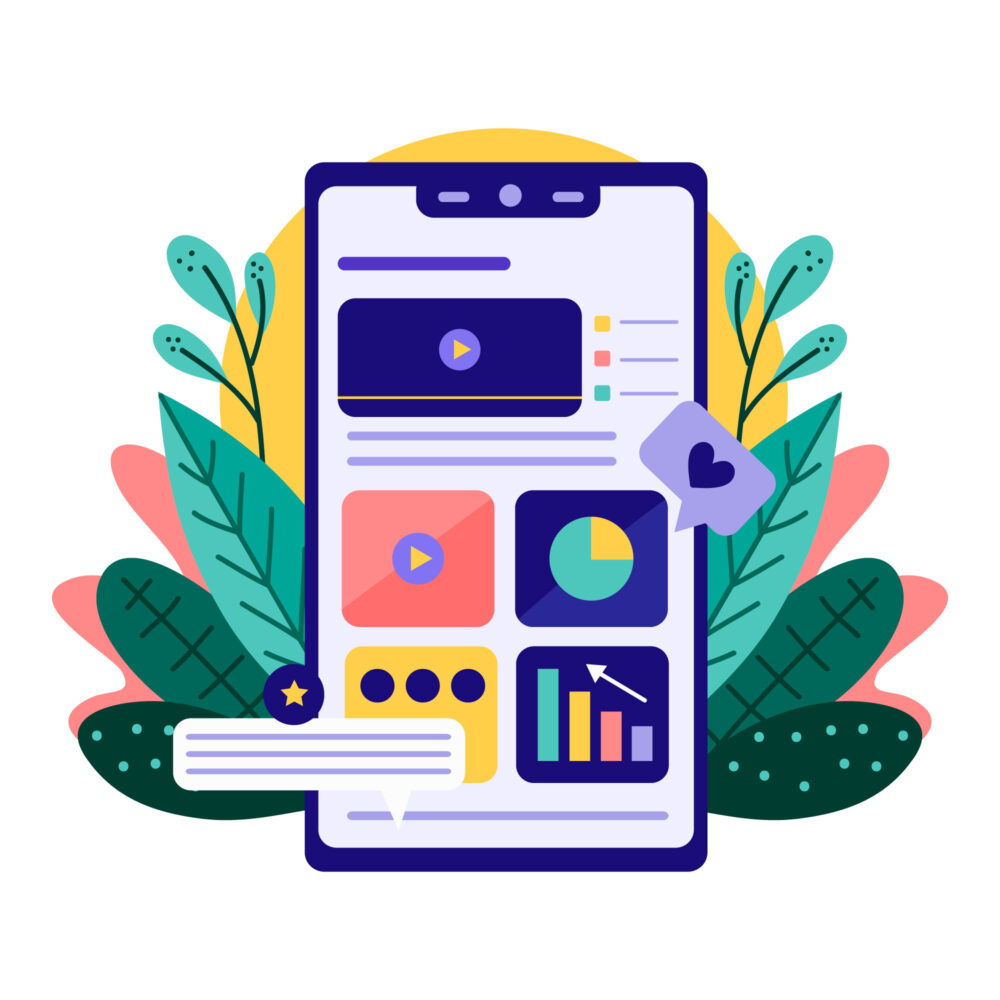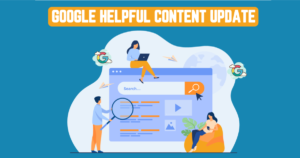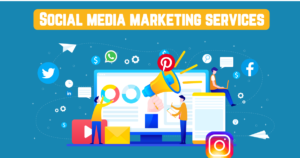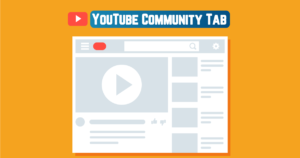
Digital marketing is one of the most common and important ways of introducing your products to a large audience. This helps you to reach a larger and more relevant audience. A digital product such as an app bears no meaning if it does not have any users. It is only beneficial and profitable if it is used by its intended users. People face a lot of difficulties when it comes to marketing apps, websites, etc. This blog talks about all the important details you need to market your app properly. Understand what Google UAC is, how it works, and why you need it for your apps.
What is Google UAC?
Universal App Campaigns or UAC allow app marketers to market their apps on Google’s ecosystem. Think of it as a subscription-based marketing channel that exposes the users to Google’s platforms such as YouTube, etc. The app campaigns are, in essence, a part of Google’s Advertising Campaigns. This means that they allow the users to serve ads on Google platforms. These app campaigns increase app conversions by up to 140% according to Google’s claims.
How do App Campaigns work?
Google UAC allows advertisers to take a back seat as everything is curated for them. All that is required from the users is some text and visual assets and the rest is done by Google. Based on the assets, the ad campaign is set by Google. Initially, the user is asked to set a goal and budget for the campaign. The rest is managed by Google keeping those parameters in mind. However, the following things are set by the user manually:
- A daily budget
- Target location
- Target language
- Target Cost-per-install (CPI) and cost-per-action (CPA)
- Campaign start date and end date (optional)
The above parameters of Google UAC determine how your campaign will run, where it will run and for how long.
Why choosing the right goal is crucial?
When running a Google UAC campaign, choosing the right goal is crucial to bringing the desired results. You can choose from two major objectives:
App install volume (CPI)
This is selected when you want to attract new users to the app. This brings great results and is ideal for increasing app downloads. You can set the target Cost-per-install which suits your budget. However, Google recommends users have a campaign budget that is 50 times the target CPI.
In-app actions (CPA)
This is for users who already use your app. This goal helps motivate them to an in-app action such as clicking a button, etc. In this objective, google recommends having a campaign budget 10 times the target CPA. If your campaign is not seemingly working, you can set up a new campaign each time.
You can check ad performance using Creative Asset Report in Google Ads. This will help you analyze whether your ad is optimized properly. You can also optimize Google UAC by adding text ideas up to 25 characters. The text you enter will help generate ads in different orders and formats.
Where do App Campaigns run?
Google UAC campaigns make use of different Google platforms to run your campaigns. You need not run campaigns separately on each platform. Each ad is run on the following Google platforms:
- Google search
- Google Play
- YouTube
- Google Display Network
What are the different types of Universal App Campaigns?
Depending on what goals you want to achieve with the campaign, there are 5 types of UACs:
UAC for installs
This campaign focuses primarily on bringing a continuous and steady flow of new users to the app. Such a type of Google UAC is more suited for newly released apps as they lack a larger audience.
UAC for Installs (Advanced version)
This campaign is somewhat like the previous one. That is because it also attracts new users to the apps. However, there is one difference that separates the two. This campaign not only brings new users but also allows to promotion of in-app actions. Although it allows the users to set in-app actions, the focus of this campaign is on increasing install volumes.
UAC for actions
This campaign focuses more on promoting in-app actions. This is more suitable for already-established apps that don’t require an influx of new users. If your app is new on the Play Store, you should go with UAC for installs instead. However, if your app has established its place in the market then UAC for actions might be better. You need to figure out which action benefits you more. This way you can use the campaign more effectively.
UAC for value
This campaign is similar to UAC for actions however there is one big difference. It is more targeted towards promoting specific actions that bring in the most return. For example: a specific kind of in-app purchase, etc.
UAC for re-engagement
This type of campaign re-engages the audience that may not have previously interacted with the app. The audience can be targeted at different stages of the app. This can come in handy when the intended users don’t perform all the required actions.
What are the benefits of Google UAC?
Compared to traditional app marketing techniques, Google UAC provides many benefits. All of these benefits prove this technique to be highly effective and efficient. The following points prove its benefits for apps:
- The ad campaign process is much simpler and can be easily set up.
- You get a large reach and exposure thanks to Google’s ecosystem. Cross-platform ad campaigning also becomes much simpler this way.
- This way of campaigning is focused entirely on increasing app installations and engagement. The different types of UAC are suitable for either purpose and can be easily set up.
- The different algorithms of Google at your disposal automatically optimize the ad campaigns. This helps you reach the most relevant users, likely to install and interact with your app. This factor contributes to increasing the success of the ad campaign.
- Google UAC provides detailed insights on your ad campaigns. This way you can find how your campaigns are performing. This can help you to further adjust your strategies as you progress with the campaign.
- The budget flexibility you get is amazing. You can plan your whole campaign with your budget in mind. This is great for controlling advertising costs throughout the campaign. Moreover, you can also adjust your budget based on campaign performance. This provides a lot of flexibility to the users managing the ad campaign.
Why do you need Google UAC for apps?
Google UAC is a great way to increase new traffic on your apps. This especially comes in handy when the app is new. Apart from that you can promote in-app actions which are important to your app. Moreover, the UAC increases your app’s exposure to big Google platforms. It also minimizes the marketer’s work as Google’s AI takes care of everything. These algorithms maximize the efficiency of the marketing campaigns.
Before Google UAC, the marketers had to separately manage ads on each platform. Now, you can do all that from within the UAC management tools. Apart from that you can also monitor the performance of your ad campaign. All of this is highly beneficial to increase your app’s exposure to new audiences.
Why should RG Digitals run your ad campaigns?
Marketing your app properly and running ad campaigns can seem daunting. It is undoubtedly one of the important factors that affect the success of your app. Your product may be beneficial to people but bringing it to the audience in an effective way is a crucial task. At RG Digitals we specialize in exactly that and a lot more.
We have been developing digital products and promoting them for a long time. Our highly trained employees have successfully gathered meaningful traffic for our clients. This traffic can be converted into sales, leads, and much more. You can promote your business too. We can help you get on the first page of Google and so much more. So contact us today, book an appointment, and get what you are looking for.






